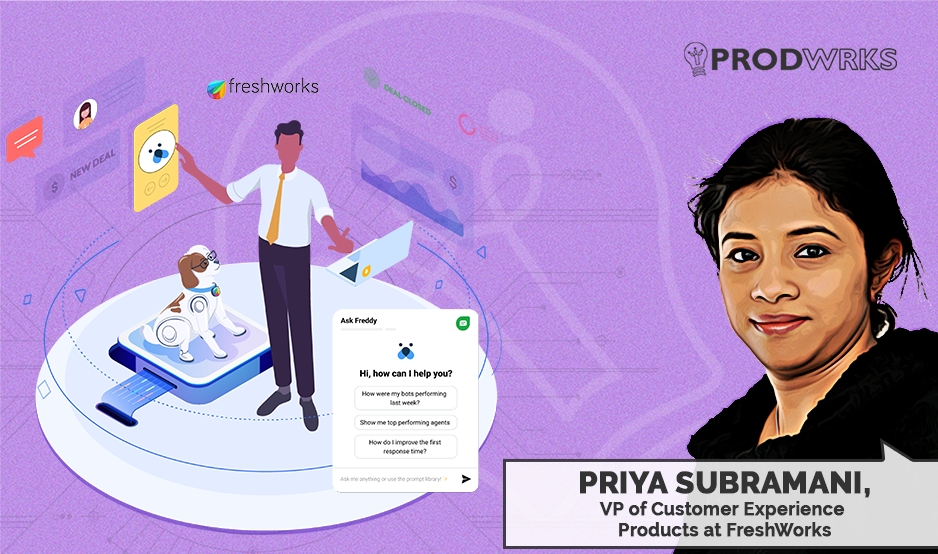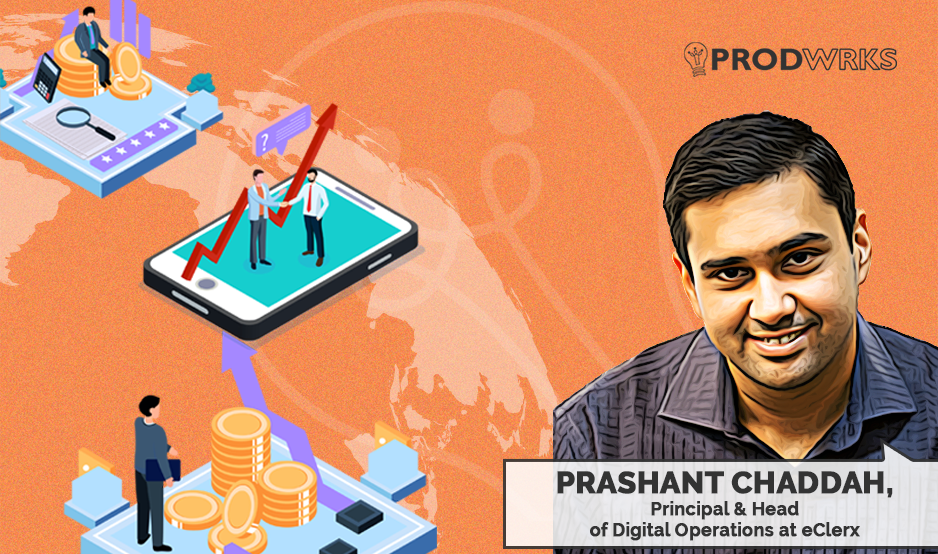
India has made significant strides in digitalization in recent years, with Aadhaar Unique Identity (UID), JAM trinity (Jan Dhan-Aadhaar-Mobile) and Unified Payments Interface (UPI) becoming household names. These initiatives have helped to identify and connect people, simplify their day-to-day lives, and make financial transactions more seamless.
Now, India is poised to revolutionize the healthcare sector through digital management with the Ayushman Bharat Digital Mission, previously known as the National Digital Health Mission (NDHM). Building on the strong digital infrastructure base provided by Aadhaar, JAM, and UPI, the ABDM aims to create a digital health ecosystem enabling individuals to access their health records electronically and share them with healthcare providers and other stakeholders with their consent.
With this aim, the Prime Minister of India, Narendra Modi, announced the National Digital Health Mission (NDHM) on 15th August 2020, the 74th Independence Day of India.


What was the need for the Ayushman Bharat Digital Mission (ABDM)?
India has a large and growing population, and the demand for healthcare services is increasing rapidly. However, the country’s healthcare system is facing several challenges, including:
1. Lack of access: Many people in India, especially those in rural and underserved areas, do not have access to quality healthcare services.
2. High costs: Healthcare costs are rising rapidly, and many people cannot afford to pay for the care they need.
3. Inefficiency: The healthcare system is fragmented and inefficient, making it difficult for people to navigate and get the care they need.
Here are some specific examples of how the ABDM will benefit individuals and healthcare providers:
Individuals
- The ABDM will make it easier for people to find and access healthcare services, regardless of location or socioeconomic status.
- The ABDM will help to reduce healthcare costs by streamlining the system and eliminating unnecessary waste.
- The ABDM will make the healthcare system more efficient by making it easier for healthcare providers to share information and coordinate care.
- The ABDM is also expected to bring transparency to the healthcare system. By digitizing health records and making them accessible to healthcare providers, the ABDM will help to reduce errors and improve the quality of care.
Healthcare providers
- Healthcare providers will be able to access patient records easily, which will help them to save time and provide better care.
- Healthcare providers can reduce costs by eliminating unnecessary tests and procedures.
- Healthcare providers can coordinate care more easily, which will benefit patients with complex medical needs.
ABDM will also facilitate innovation and research in the health sector by providing a rich source of data and analytics. It will promote interoperability and standardization of health data and systems across the country.
Overall, the ABDM is a visionary initiative that can potentially transform the healthcare sector in India. But how is ABDM making all this possible? It is through a combination of digital systems which form the six building blocks of ABDM – Health ID, Healthcare Professionals Registry (HPR), Health Facility Register (HFR), Personal Health Records (PHRs), e-Pharmacy, Telemedicine (e-Sanjeevani).
1. Health ID - ABHA ID
The ABHA ID (Ayushman Bharat Health Account) is a unique digital health identity number that acts as a doorway to the Ayushman Bharat Digital Mission (ABDM). It will be used to uniquely identify individuals, authenticate them, and thread their health records (with the informed consent of the patient) across multiple systems and stakeholders.
ABHA allows healthcare providers to view patients’ basic demographic details and historical health records and link the reports to their Health ID with consent. Simply scanning the QR code at the registration desk at a hospital or clinic will capture the patient’s basic demographic details into the hospital system, eliminating the need to wait in line. The receptionist will then issue a consent request to the patient, allowing the doctor to provide seamless access to the patient’s previous medical history.
Patients can choose what kind of reports he/she wants to share, belonging to which time period and for how long. Patients also have the option to revoke the right to access their medical data whenever they wish.
Once a patient has consented, the hospital will pass their health information to the doctor. Specialized software will help the doctor view a patient’s medical history and tailor recommendations on tests and medication.
After the consultation, they will instantly receive the doctor’s prescription. The prescription will be linked to their ABHA ID and added to their medical history. The chemist will also take consent to refill patients’ recurring prescriptions automatically.
2. Digi Doctor - Healthcare Professionals Registry (HPR)
Digi Doctor aims to create a comprehensive and reliable database of all the healthcare professionals in India. It covers modern and traditional systems of medicine, such as allopathy, ayurveda, homeopathy, siddha, unani, and yoga.
The HPR contains individual details of each doctor, such as name, institution, qualification, specialization, years of experience, contact information, and registration number. The directory of doctors is updated regularly and mapped with the health facilities they are associated with. This helps to ensure the quality and accountability of healthcare delivery in the country.
By enrolling in the Healthcare Professionals Registry (HPR), doctors can connect to India’s digital health ecosystem and access various benefits and opportunities. Here are some of the benefits.
- They can verify their credentials and identity online and get a unique digital signature.
- They can share their health data and services with authorized entities through the Unified Health Interface (UHI).
- They can participate in telemedicine and e-pharmacy networks and provide remote consultations and prescriptions.
- They can update their profile and availability status and get feedback from patients and peers.
- They can access health data analytics and insights to improve their practice and outcomes.
3. Health Facility Register (HFR):
The Health Facility Register (HFR) is a comprehensive repository of healthcare facilities in India across both modern and traditional systems of medicine. It includes public and private health facilities, such as hospitals, clinics, diagnostic laboratories, imaging centers, and pharmacies.
The HFR is centrally maintained and facilitates standardized data exchange of private and public health facilities in India. Health facilities are also allowed to update their profiles periodically.
Here are some specific examples of how the HFR can be used.
- A patient can use the HFR to find a qualified healthcare provider in their locality.
- A doctor can use the HFR to access a patient’s complete medical history before the patient even arrives for their appointment.
- A hospital can use the HFR to coordinate care with other healthcare providers involved in a patient’s treatment.
- A government agency can use the HFR to track the prevalence of diseases and other health trends.
4. Personal Health Records (PHRs):
A personal health record (PHR) is an electronic record of an individual’s health-related information.
The ABHA Mobile App is a PHR app developed by the National Health Authority of India. It allows individuals to create and manage their own PHRs and to share them with healthcare providers with their consent.
It can include information such as medical history, medications, allergies, immunizations, lab results, imaging results, family medical history and lifestyle information.
PHRs can be drawn from multiple sources, such as hospitals, clinics, pharmacies, and wearable devices. The individual owns and controls their PHR, and they can choose what information to include and who to share it with.
Here are some specific examples of how you can use your PHR.
- Book an appointment with a new doctor: Share your PHR with your new doctor so that they can quickly review your medical history and provide you with the best possible care.
- Get a prescription refilled: Share your PHR with your pharmacist so that they can easily refill your prescriptions.
- Manage a chronic condition: Use your PHR to track your symptoms, medications, and lab results over time. This information can help you and your doctor make better decisions about your care.
- Prepare for an emergency: Store your PHR in the cloud or on a portable device to access it even if you are away from home.
5. e-Pharmacy:
e-Pharmacies are online pharmacies that allow you to order medicines and other healthcare products from the comfort of your own home.
The government’s e-Pharmacy platform will integrate all Jan Aushadhi Kendras to ensure maximum promotion of generic-medicines systems. This will make it easier for people to access affordable medicines, especially those who live in remote or underserved areas.
The integration of Jan Aushadhi Kendras into the e-Pharmacy platform is a win-win for both patients and the government. Patients will have easier access to affordable medicines, and the government will be able to promote the use of generic medicines.
In addition, private sector players of e-Pharmacy will have equal opportunity to join hands with ABDM.
Telemedicine (e-Sanjeevani):
eSanjeevani is a telemedicine platform developed by the Ministry of Health and Family Welfare, Government of India. It is part of the NDHM and is aimed at providing healthcare services to people in remote and underserved areas. It is the world’s largest telemedicine implementation in primary healthcare.
eSanjeevaniOPD is a service that allows patients to consult with doctors remotely through a video call. Patients can book appointments online or through a mobile app.
eSanjeevani is a user-friendly platform that can be accessed by anyone with a smartphone or computer. It is also free to use.
Here are some of the benefits of using eSanjeevani:
Convenient: eSanjeevani allows patients to consult with doctors from the comfort of their own homes. This can be especially helpful for patients who have mobility issues or who live in remote areas.
Affordable: eSanjeevani is free to use. This makes it accessible to people from all socioeconomic backgrounds.
ABDM and Health Insurance
ABDM simplifies and streamlines the process of settling insurance claims and reduces the hassle and delay for patients and the providers.
With ABDM, the hospital can easily coordinate with the patient’s health insurance provider to get the treatment expense pre-authorized under the patient’s current health insurance plan. The hospital can also share the patient’s digital health records and reports with the insurance provider through the Unified Health Interface (UHI), a secure and consent-based platform for health data exchange.
The insurance provider can access the relevant documents and verify the claim online. The provider can then sign off the discharge and settle the claim seamlessly. The hospital can also track the status of payments in real-time.
With ABDM, settling insurance claims has never been easier. It reduces the paperwork, frauds, and errors involved in the process. It also makes quality care truly accessible and affordable for everyone. It makes the healthcare journey seamless for both the patients and the providers.
Our Take - ABDM’s success relies on addressing gaps in primary health facilities
One of the biggest challenges and core concerns of the Indian public health care sector is the abject lack of primary health facilities in much of India. According to the National Health Mission, there is a shortfall of 24% in sub-centres, 29% in primary health centres, and 38% in community health centres in rural areas as of 2020.
These facilities are the first point of contact for most people and provide essential services like immunization, maternal and child care, family planning, and disease prevention.
Without adequate primary health facilities, ABDM cannot achieve its goal of universal health coverage. The digital health infrastructure cannot compensate for the physical health infrastructure. The ABDM needs to be complemented by a massive investment in building and upgrading primary health facilities across the country. This will ensure that every citizen can access basic and affordable healthcare services, both online and offline.
Another major challenge is the data privacy and security of the ABDM. The mission involves collecting, storing, and sharing sensitive personal and health data of millions of citizens. This data is vulnerable to cyberattacks, data breaches, identity theft, and misuse by unauthorized entities. The ABDM must ensure that the data is protected by robust encryption, authentication, and consent mechanisms.



